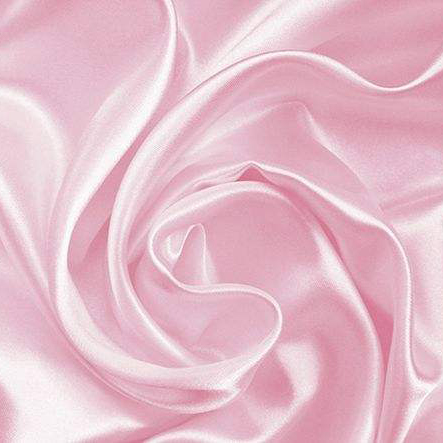What Is Silk?
Silk is a natural
fiber produced by insects and the raw material for insect nests and cocoons.
There are several insects that produce silk, including silkworms (the most
common silk), beetles, bees, bumblebees, wasps, and weaver ants. Silk is mainly
made of a protein called fibrin, which is known for its luster and softness.
What Is the
History of Silk Production?
The earliest
example of silk comes from China, when it was used to wrap the body in
children's graves. For many years, China has dominated the silk industry.
Initially, this material was used by the emperor. The Chinese use silk as a
currency, and the cost is measured by the length of the silk. The Silk Road is
a popular trade route that links East and West industries, named after this
material, and that region of the world is still in use today.
Eventually, silk
production moved to Korea, Thailand, India and Europe. The material finally
entered the United States in the 17th century. King James I introduced silk to
the colony, but many early settlers in the country could not afford it.
Paterson, New Jersey and Manchester, Connecticut both became the centers of
American silk production, until the trade and production was disrupted by World
War II, which led to the emergence of synthetic fibers such as nylon.
How Is Silk Made?
The process of
making silk is called sericulture and involves harvesting silkworms as the
material.
Feed mulberry leaves to the larvae.
After they have moulted several times, they spin a
cocoon. The silk solidifies after contact with air. This process takes about 2
to 3 days.
After forming the cocoon, pour it into a pot of boiling
water effectively killing the pupae.
Silk filament is extracted by brushing the cocoon.
Raw silk is woven or knitted into fabric or spun into
yarn.
Please note that
it takes approximately 2500 silkworms to spin a pound of raw silk. Each cocoon
contains about a mile of silk filament, and one silk thread consists of 48 silk
filaments. Different weaving processes produce different types of fabrics,
including crepe (a light, thin fabric with a wrinkled surface), organza (a
thin, transparent fabric) and chiffon (a lightweight plain weave fabric with
slight stretch).

